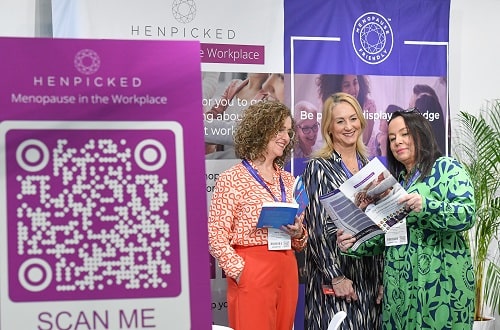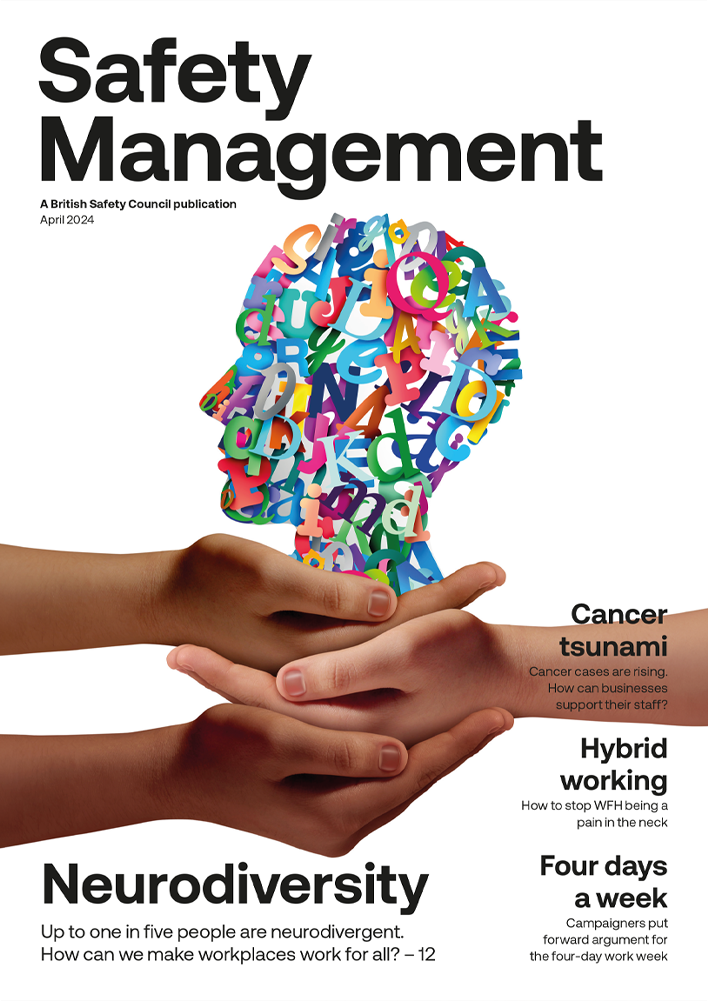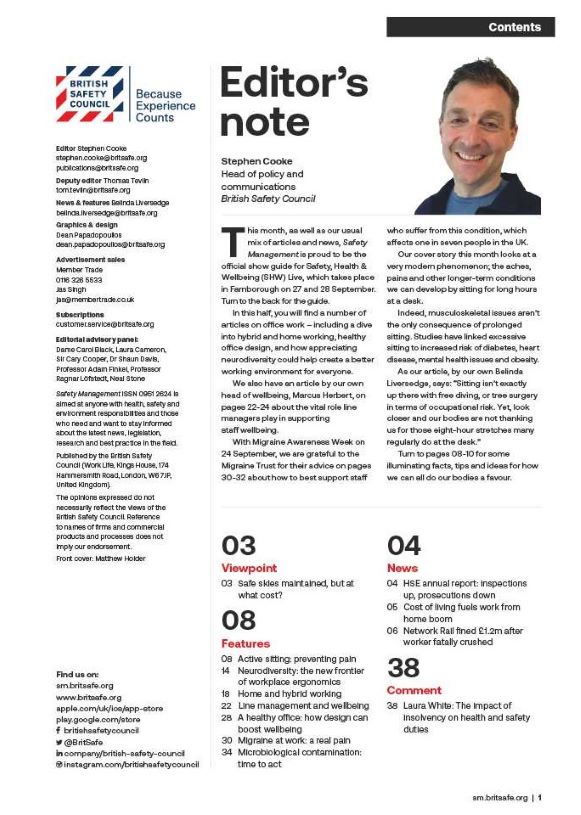Slips, trips and falls on the same level are the most common cause of injury at work, but there are practical ways of preventing them.
Features
Don’t slip up on safety
Slips, trips and falls on the same level are the most common cause of workplace injuries, with the most recent annual statistics revealing nearly 700,000 cases.
Seventy per cent of health and safety professionals believe that good quality, slip-resistant footwear is enough to keep their people safe, but the reality couldn’t be further from the truth.
Additional factors, such as the range of floor types, level of floor degradation, floor maintenance regimes and any containments on the floor surface, will contribute to slip risks.
The Pendulum method of testing a floor’s slip resistance is the only method recognised in a UK court of law. Floor surface testing during 2018/19 showed that, of the 511 tests completed, 350 failed to achieve a safe standard of slip resistance.
In some cases, a floor’s slip resistance was so poor, it would have an accident probability as high as one in two¹. Without sufficient measures in place, employees and members of the public are being put at unnecessary risk of injury. Businesses, meanwhile, face the threat of prosecution and reputational damage, with slips, trips and falls costing employers more than £500 million each year.
Reducing the risk of slips, trips and falls
It’s critical that health and safety professionals take a holistic approach to slip prevention, considering:
- Floor type, such as tile, vinyl, laminate or concrete
- Friction compromised by spilled liquids or poor cleaning regimes
- Footwear type and level of slip resistance.
The majority of slips occur when floors are contaminated with water, oil, food, debris or dust. Even the smallest amount of contamination can pose a major slip risk on floors with a smooth surface, such as glazed ceramic tiles or varnished wood.
When considering the floor type, health and safety professionals must also consider how much the floor has degraded because trips generally take place on damaged, uneven or poorly laid surfaces. To minimise hazards, cleaners and supervisors should be encouraged to report any defects or unmarked changes, such as a missing tile or a curling mat – this could be done within the near miss reporting process.
The Pendulum test can be used to measure the slip potential of dry, wet and contaminated flooring. As the only test used in enforcement and prosecution, passing the test can not only improve safety but provide critical defence against potentially lengthy court cases, personal injury claims and higher insurance premiums. However, to ensure accurate results, the test should only be conducted by a trained operative who understands how to use the test and its data.
Choosing the correct cleaning regime
To effectively remove contaminant, the correct cleaning regime needs to be selected. For example, detergent is essential if there is grease or oil, while mopping is usually only effective on smoother floors because it only skims the floor surface. Operatives must also consider other hazards in the working environment. For instance, a sweeping brush can create airborne dust and therefore should not be used when there are dust-related risks to health such as sawdust.
Selecting anti-slip products for existing flooring
Businesses should select products specifically designed to help prevent slips, trips and falls, such as floor waxes developed to ensure they are hard-wearing and slip-resistant.
Slippery areas, such as toilets and showers, can be coated with grit to create non-slip surfaces. In addition, matting can reduce the risk of slipping on potentially treacherous surfaces and, in some cases, provide fatigue relief for standing operatives. For example, slip-resistant matting can help prevent slip injuries by providing more underfoot grip on floor areas contaminated by water, liquids and oil. Entrance matting, on the other hand, can help prevent dirt and water from being tracked onto floors, minimising potential slip hazards.
Health and safety professionals should also consider the impact of physical fatigue on staff members. Standing for long periods of time on hard floor surfaces is uncomfortable and can cause tiredness which reduces concentration, increasing the likelihood of a slip or trip.
Anti-fatigue matting is a simple method that employers can introduce to help to decrease foot weariness and the risk of slips, trips and falls. The built-in cushioning helps promote regular subtle foot movement, reducing stress on the soles of the feet and distributing the pressure over a greater surface. The cushioning underlay also insulates the feet from hard surfaces, cold floors, vibrations, moisture and sound.
Keeping the workforce standing tall
It’s critical that employers carry out a slip risk assessment, review the floor types and quality and ensure their floor cleaning regime is correct. By implementing safety measures, employees will be given the best possible chance of getting home safely at the end of the working day.
For more information about Arco’s anti-slip campaign and how to address slip risks, see: www.dontslipup.co.uk
Neil Hewitt is Director of QSHE UK and Asia at Arco.
References
1) 1,300 independent slip risk assessment studies conducted by Bonasystems in 301 locations across the UK. Accident probability is given based on the correlation to the Pendulum Test Values (PTV) as guided by the HSE.
FEATURES

Why line managers play a vital role in workplace wellbeing
By Marcus Herbert, British Safety Council on 03 September 2023
The behaviours of line managers can have a positive or negative impact on employee health, wellbeing and engagement, so it’s vital managers get staff feedback on whether their management style is supportive or negative, and have regular check-ins so workers can raise concerns about their wellbeing.

Watercooler Event to hone in on eight trends in employee health and wellbeing
By Claire Farrow, Make a Difference Events & Media on 15 April 2024
The free-to-attend Water Cooler Event at ExCeL London on 23–24 April will see more than 6,000 workplace experts coming together to explore the latest thinking, solutions and best practice for supporting and boosting employee wellbeing, diversity and workplace culture.

Sedentary working and how to combat the ‘sitting disease’
By Gavin Bradley, Active Working on 05 April 2024
Prolonged and excessive sitting poses a major risk to our health, but the Get Britain Standing campaign and On Your Feet Britain Day on 25 April are a great way of encouraging workers to sit less and move more.



